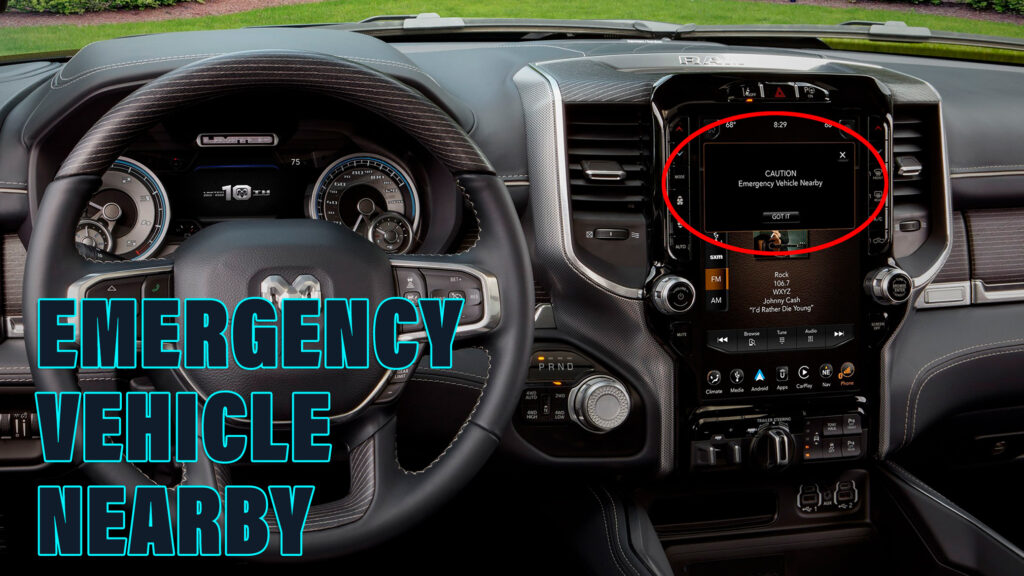A host of Stellantis models produced since the 2018 model year and sold in the U.S. now alert drivers to nearby firetrucks, ambulances, and road hazards, all because of a near-miss that a hearing-impaired Stellantis employee had with an emergency vehicle.
The Stellantis employee suggested some kind of system to alert drivers to avoid such incidents through Star*Up, the carmaker’s internal competition where employees can present their interesting ideas. The employee’s suggestion prompted Stellantis to adopt the HAAS Alert system that receives notifications from the HAAS Alert’s Safety Cloud platform used by thousands of public and private roadway fleets in North America as a vehicle-to-everything and digital alerting solution.
“We said we need to implement this,” Stellantis’ manager of global innovation and digital partnerships, Trpko Blazevski said. “We need to do something for our customers. So we did that very quickly to deliver this. It was key and critical based on her experience that this can’t be model year ’24. We have to go back as far as we can and make this available to our existing customers that have our vehicles on the road today.”
Read: Stellantis Invests In Silicon Valley Maker Of Lithium-Sulfur Batteries
The warning flashes on the infotainment screen while also playing an alert chime. It is enabled when an emergency vehicle has its lights or siren on, meaning drivers won’t be alerted to emergency vehicles that are parked or not responding to emergencies, Auto News notes.
The HAAS Alert Safety Cloud also enables the Hazard Enhanced Location Protocol that alerts drivers to disabled vehicles. Chrysler, Dodge, Jeep, and Ram vehicles built from the 2018 model year give owners between 15 to 20 seconds of warning if a vehicle is disabled ahead. HAAS Alert is also pushing to make construction and work zones safer.
“We’re actually starting to make a pretty big push into road construction and work zones,” HAAS Alert senior vice president of connected vehicles Jeremy Agulnek said. “There’s a big emphasis on work zone safety nationally, so we’re really trying to just get the word out.”




